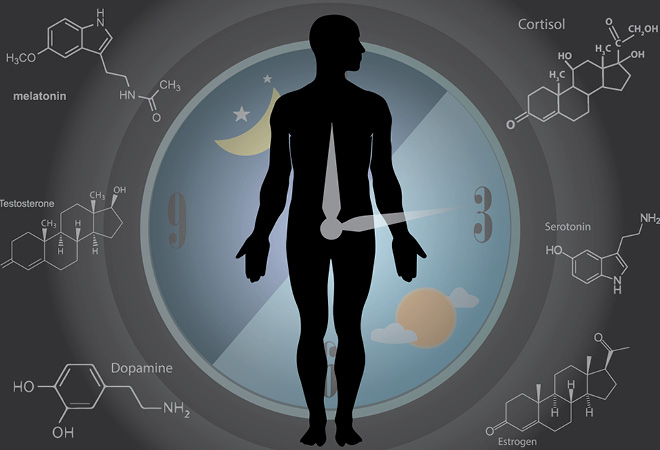Illuminating Healthy Homes

Even in sunny southern California our mood can darken after we shift to standard time in the fall and daylight hours continue to decrease. Since before recorded history, many cultures have celebrated winter solstice to mark the start of longer days and shorter nights. Beyond mood, natural light from the sun’s rising and setting has tremendous impact on our overall health. Smart lighting is one of the newest technologies available for today’s homes to make them healthier places to live.
Winter solstice, also known as midwinter, with its shortest day and longest night of the year, was of primary importance to ancient people to prepare their food supply for the coming “famine months”. Rituals and celebrations involving sun gods, their birth and rebirth, were common. The prehistoric monuments of Newgrange in Ireland and Stonehenge in England attest to this significance; their primary axes are aligned with the winter solstice sun’s rising at the former and setting at the later.

Daily, between sunrise and sunset, natural light changes in both its intensity and color. These variations in light directly affect our body’s biological clock, its circadian rhythm, the internal process responsible for regulating our sleep-wake cycle. Without exposure to these natural light variations each day, our circadian rhythm is disrupted affecting the production of melatonin and cortisol hormones resulting in potentially serious health issues.
Healthy homes today can now include the benefits of one of the latest smart technologies, circadian lighting. This sophisticated interior illumination utilizes light-emitting diodes, LEDs, to mimic the sun’s shifting intensity and color throughout the day to assist in maintaining our biological clock for an optimum sleep-wake cycle. Systems can be manual or automatic and even tunable to match the natural light in a geographic area. Studies indicate circadian lighting positively affects overall health including productivity and sleep. LED energy efficiency is an added bonus providing significant savings over incandescent and fluorescent lighting.

With our health fortified by regular exposure to circadian lighting we’re better able to face the shortest days of the season. This year’s winter solstice is fast approaching and all of our modern-day celebrations surrounding it giving us cause for cheer. After this longest night, all snug in our beds, we can greet the start of longer days as we are awakened by natural morning light from the sun or smart new LEDs.




Leave a Reply